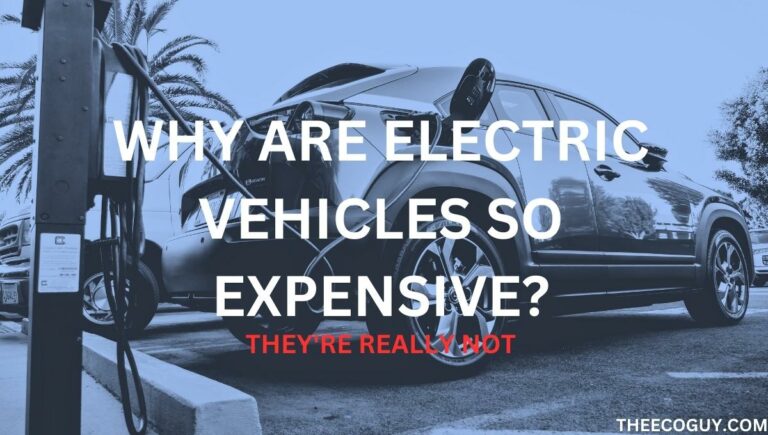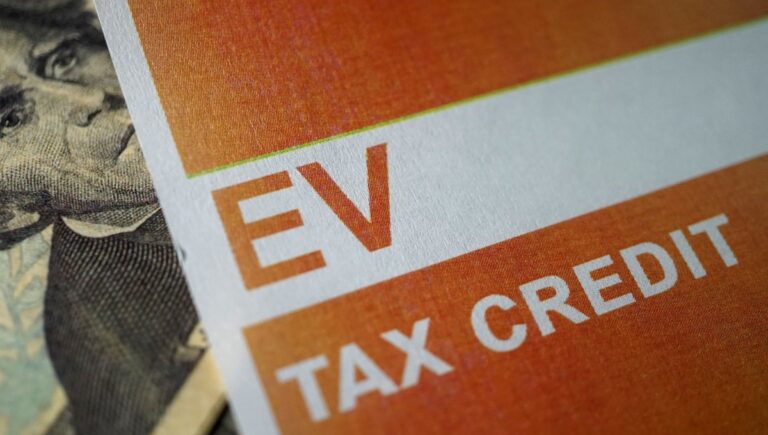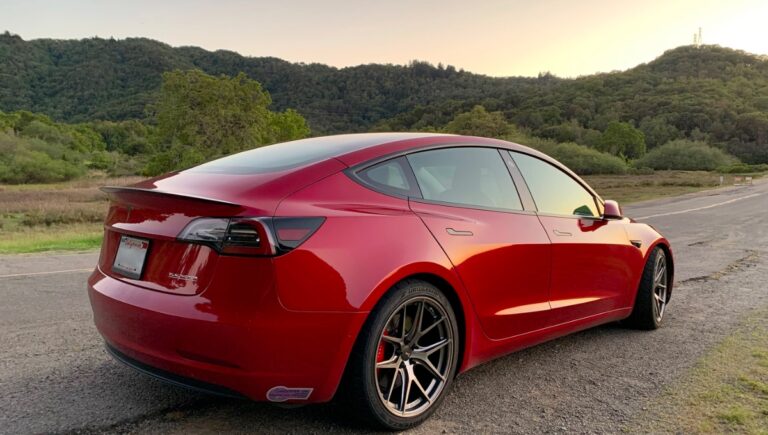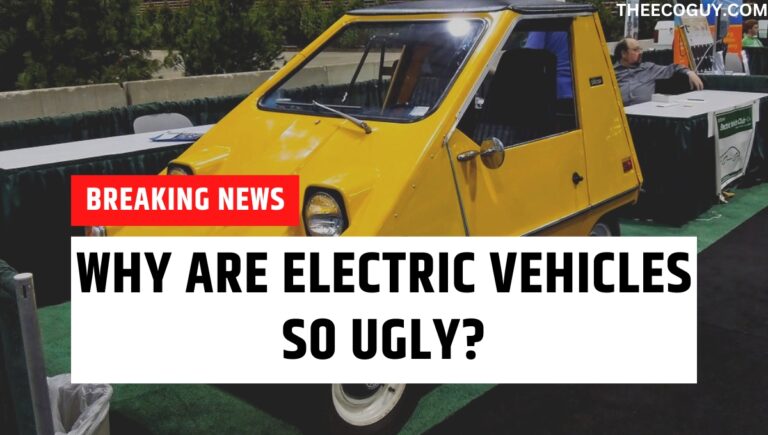Do Electric Vehicles Have Transmissions? (How It’s Faster Too!)

Electric vehicles (EVs) do not have a traditional multi-speed transmission. Instead, they use electric motors that convert electrical energy into mechanical force. This allows EVs instant torque and faster acceleration than conventional gasoline-powered cars.
An EV will typically have one gear or a single-speed transmission. This is because the electric motor provides its power without needing multiple gears for different acceleration stages. The lack of a transmission also helps reduce the overall weight of an EV, making it more efficient.
Manual transmission cars require the driver to shift gears, but EV drivers do not need to worry about that. Instead, they can control the speed of their vehicle with a few buttons and the accelerator pedal.
This article will discuss the history of traditional EV transmission and why EVs are more reliable and fast with a single-speed transmission.

What Does a Transmission Do?
A transmission is an integral component of any vehicle, as it transmits power from the engine to the wheels. In a traditional gas-powered car, the transmission uses multiple gears to adjust the amount of energy delivered to the wheels, allowing for fine-tuned control and acceleration. Manual transmissions require the driver to switch between gears for the vehicle to change speeds manually. EVs don’t need this, as they have a single-speed transmission that can provide the same level of performance.
History of Electric Vehicle Transmission
EVs first appeared in the late 19th century and early 20th century, and their transmissions were limited to only one speed. This was mainly due to technological limitations at the time, and EVs were not powerful enough to warrant multiple speeds. Modern EVs have much more advanced and powerful electric motors; a single-speed transmission is still the best option.
Advantages of Single-Speed Transmissions
The main advantage of a single-speed transmission is that it’s simpler than a multi-speed one, which means fewer moving parts and less potential maintenance. This makes EVs more reliable and easier to maintain than traditional gasoline-powered cars.
Single-speed transmissions also offer better acceleration due to the instant torque provided by the electric motor. In addition, there’s no need to wait for a shift in gears, which means EVs can go from 0 to 60 mph in less than 6 seconds.
Finally, the lack of a transmission helps reduce the overall weight of an EV, making it more efficient and helping to improve its range.
How Does an EV Motor Work?
EV motors work by converting electrical energy into mechanical force. This is done through the use of a rotor and stator, which are magnetically charged components that interact to create an electric current. The current passes through the coils on the motor’s shaft, creating a magnetic field that interacts with the magnets on the rotor. This causes the rotor to spin, generating the force needed to power the wheels.
Do EVs Have a Reverse Gear?
No, EVs do not have a reverse gear. Instead, they rely on the electric motor to reverse their direction. This is done by changing the flow of current in the coils, which causes the rotor to spin in the opposite direction and move backward.

Are There EVs With Multiple Gears?
Yes, some EVs have more than one gear. These multi-speed transmissions offer better control and acceleration than single-speed transmissions but come with higher maintenance costs. As of now, these types of EVs are still relatively rare.
One EV with multiple gears is the Porsche Taycan, an all-electric sports car with a two-speed transmission. The first gear provides quicker acceleration, while the second gear helps maintain top speed and increase efficiency at higher speeds.
Are There Transmission Maintenance Needed on an EV?
No, EVs do not require any transmission maintenance. This is because EVs don’t need to shift gears, and their single-speed transmission is designed to last the vehicle’s lifespan. However, it’s still important to regularly check your EV for any signs of wear or damage and have regular maintenance performed by a trained technician.
What Does the Future of EV Transmission Look Like?
The future of EV transmission looks bright, thanks to advances in technology. We’re likely to see more EVs with multiple-speed transmissions in the near future, as this will provide better performance and efficiency.
Additionally, automakers are exploring ways to make EV transmissions even more efficient and reliable by incorporating automatic shifting systems that can switch between gears without input from the driver. This would make EVs easier to use and could help reduce maintenance costs.
Final Thoughts
EVs are not only environmentally friendly, but they also require less maintenance than their gasoline-powered counterparts. The single-speed transmission is the preferred option for EVs due to its simplicity and efficiency, although we will likely see more multi-gear options.
An EV is worth considering if you’re looking for an eco-friendly, fast, and fun car. With their low maintenance and reliability requirements, they are becoming increasingly popular among drivers of all ages. So why not give one a try? You might just be surprised by how much you enjoy the ride.







